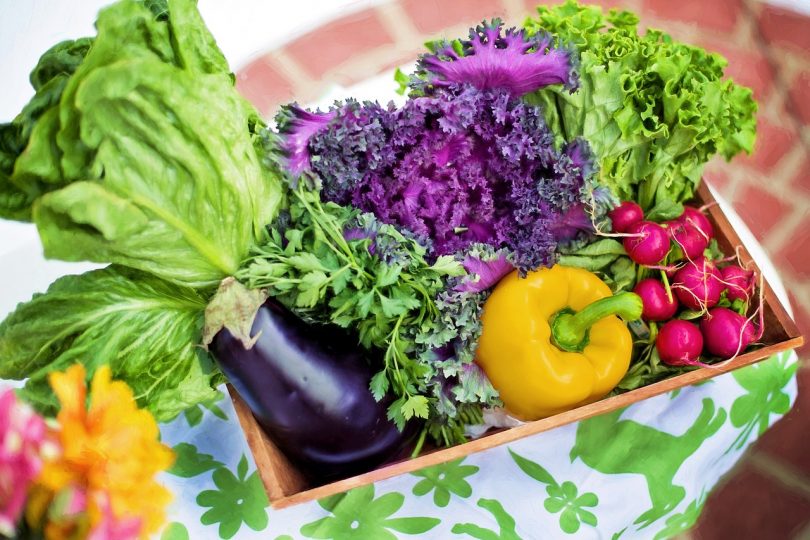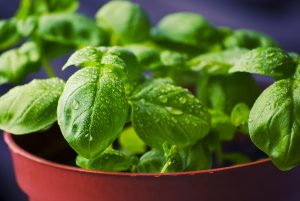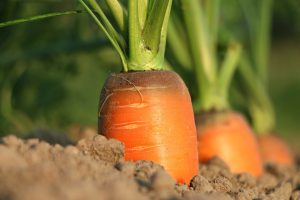Having and tending to your own garden comes with many benefits. One on hand, you end up with fruits and vegetables that you’ve grown yourself that you can count on being completely natural rather than grown with chemicals. Along with the very real benefits of ending up with produce, horticulture has become a popular hobby in urban areas due to its therapeutic benefits for people, such as gaining new abilities, awakening curiosity, building awareness and confidence and helping people to feel like they are taking care of something. These are just some of the reasons people enjoy tending to urban gardens, and today in this article from ShMadrid we’ll be telling you about how to cultivate your own garden in the Spanish capital.
Related article: Gardening Services in Madrid
Practice horticulture at home in Madrid
If you’ve already decided to set up your own vegetable garden, it is important to be conscious of the amount of light received by whatever area you are setting it up, whether it’s on your balcony, terrace or in your outdoor garden. If you don’t have the correct amount of light (either too much or too little), your vegetables and fruits may not grow as you want them to. Once you find a spot that has the needed amount of light, you can begin to plan out your garden. Firstly, you need to ensure that the balcony or terrace will be able to support the weight of outdoor planter boxes and/or pots so that you don’t face disaster later on. Next, you need to design where the excess water will flow from the irrigation in order to avoid causing problems for neighbors or passerby pedestrians below. Following this step, you should plan out what types of crops you want to plant, keeping in mind the weather and climate and how this will affect your plants’ growth. The containers for each plant should be able to hold its adult size, so this is important to keep in mind as you prepare and make measurements. In addition, rapidly-growing and smaller plants, such as aromatic plants, radishes and lettuce, only need a pot or space that is 15-20 cm deep. For plants of greater height such as peppers, tomatoes, eggplant and cucumber, they require a minimum of 45 cm in depth.
Related article: Indoor Plants to Decorate Your Apartment
In many garden and do-it-yourself stores, you can find containers specifically made for an urban garden, with optimal dimensions for all types of fruits and vegetable plants. Terracotta pots are also great for this purpose, although they are more delicate when it comes to changes in weather than plastic ones. In addition, the soil needed for vegetables is different than the soil needed for flowers and ornamental plants, as the former need less acidic and more nutrient-rich dirt. You can buy these specific types of soil at specialized stores that offer already-mixed compost, an ideal option for the cultivation of garden produce. Irrigation is another element you need to consider when creating a home garden, as proper irrigation is essential to helping your produce grow. A plant should never be watered when the sun is at its hottest point, as this can actually burn the plant; ideally your plants should be watered in the morning and at night when the heat is less intense. Lastly, you should educate yourself about the different times of year that are best for growing different types of fruits and veggies, as well as the typical stages of growth they go through so you can make sure they are doing well.
Do you have a home garden? What other advice do you have for those who want to have a garden in the city?








